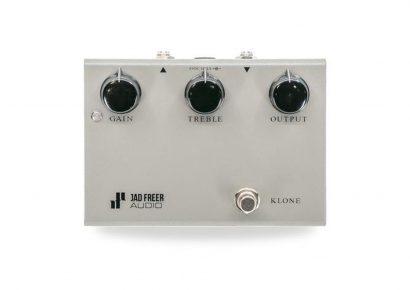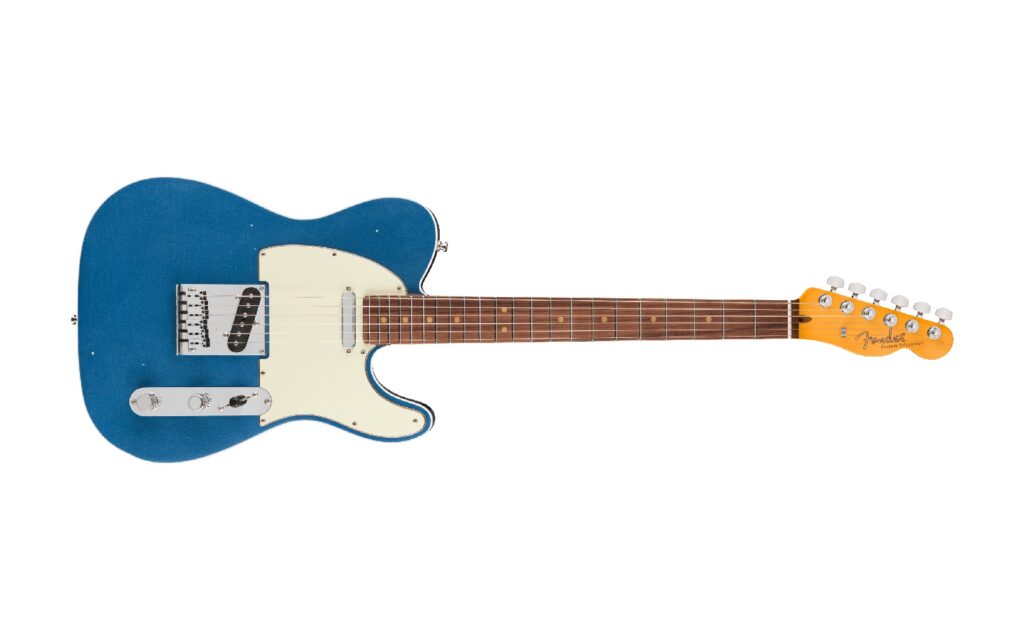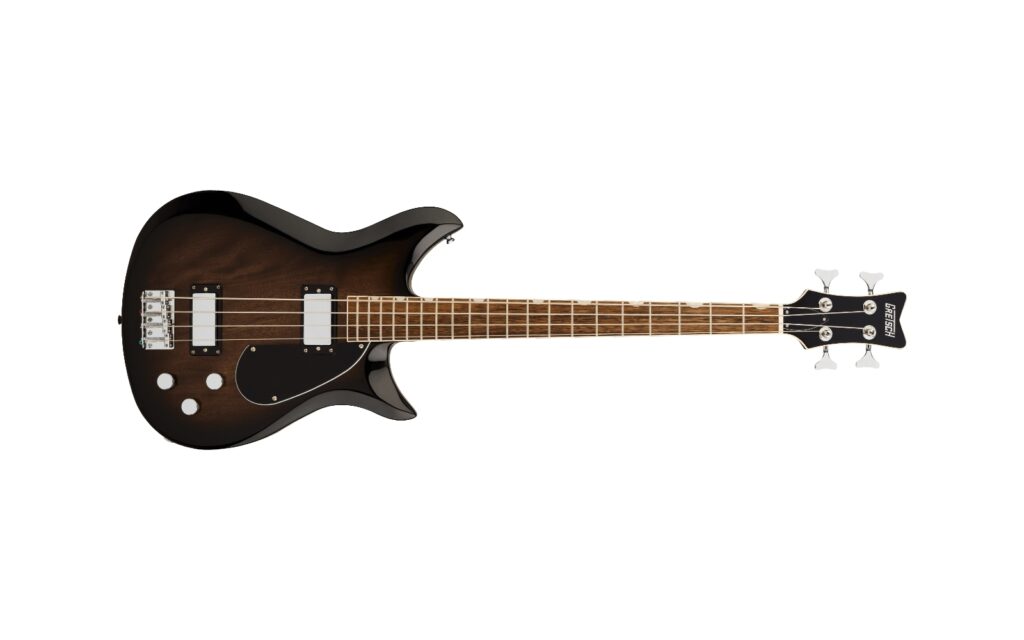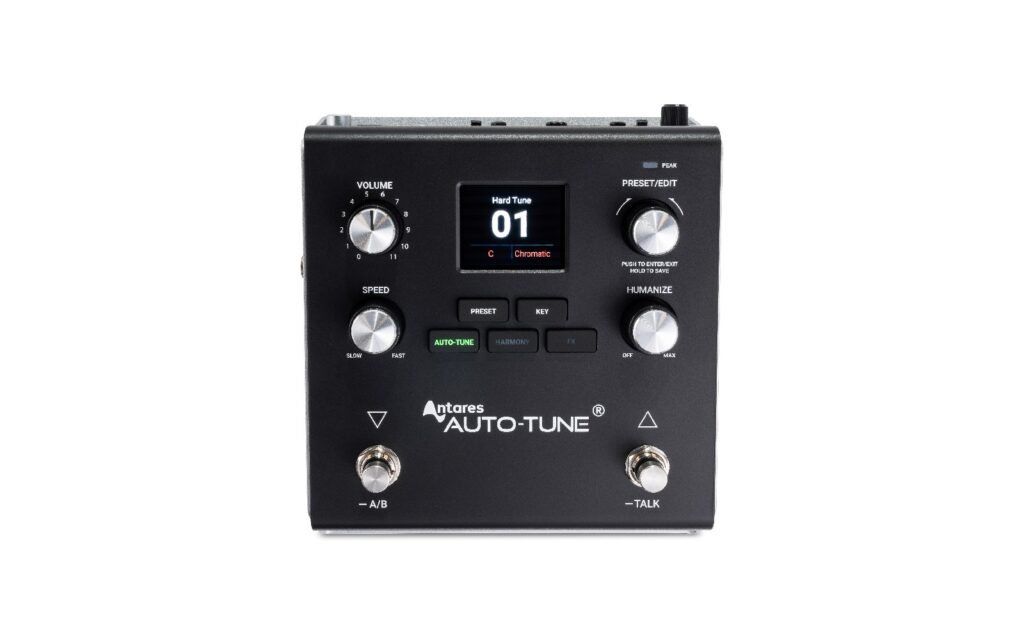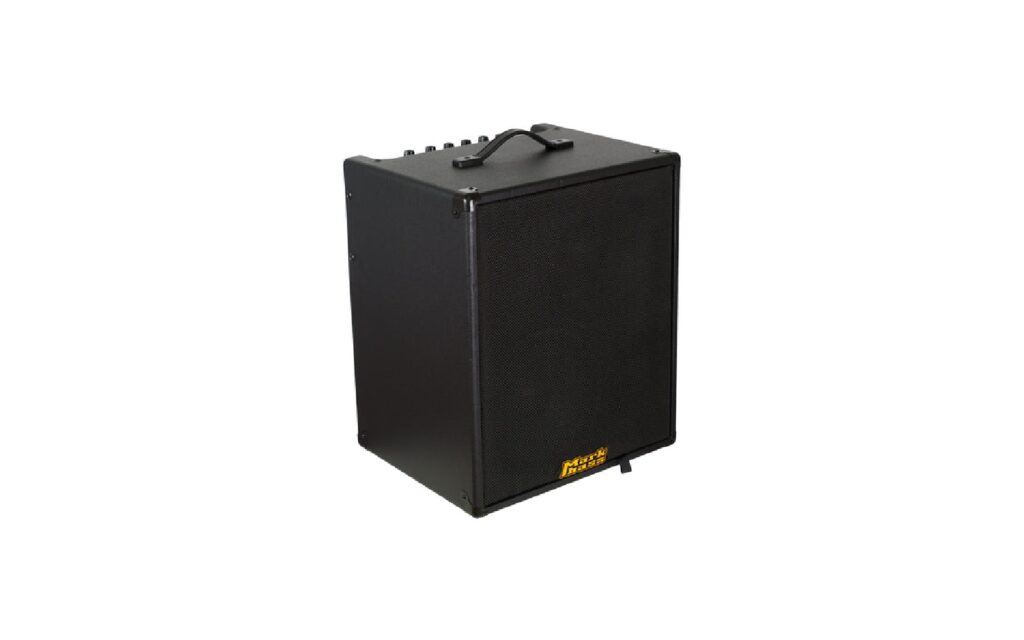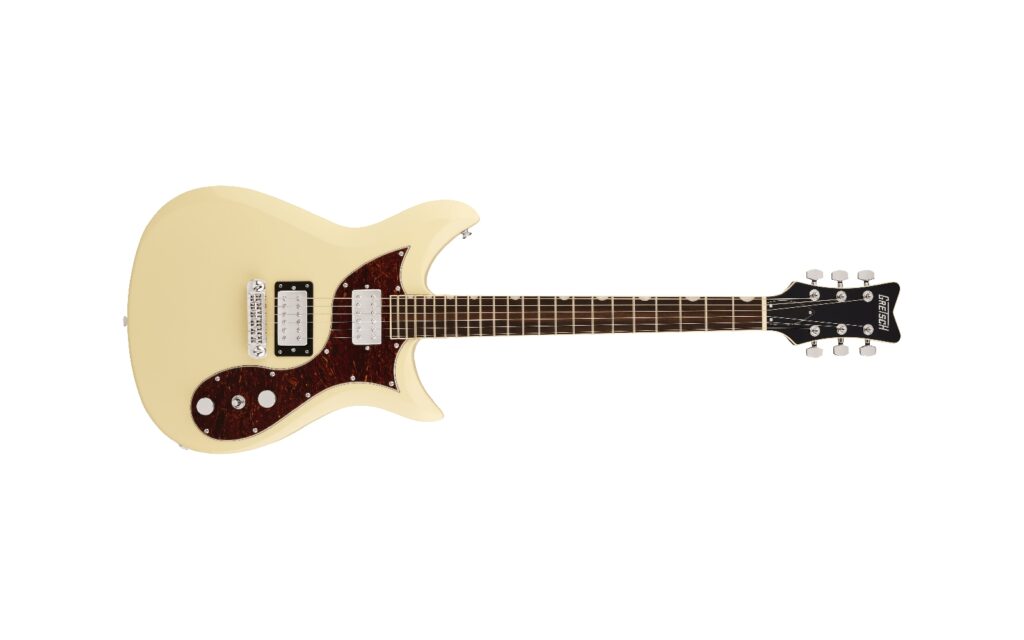Innovative Music | Enquire for pricing
Of all the instruments that have been forced (somewhat prematurely) into making the transition from traditional soundproof studio, to the infinitely more hushed home recording environment, it’s been the high SPL, large footprint sources like amplified guitars and acoustic drums that have had the toughest time as a square peg, existing in the round hole that is small scale, desktop recording.
For drums (possibly the hardest of all instruments to record, even at the best of times), it’s largely been a case of extreme compromise with many home recordists relying on prepackaged loops and programmed drums for their rhythm parts, in turn reducing the most organic feel dependent of instruments into a two-dimensional facsimile of human expression, dumbing it down to just dynamics and where it sits on the grid.
Catch up on all the latest music gear reviews here.
For amplified guitars on the other hand, it’s been a much more innovative ‘blue sky’ trajectory with guitarists bearing witness to continual improvements in areas like DSP-based amp simulation, DAW system latency, impulse response technology, and not to mention a general upswing in all things pertaining to realistic saturation and distortion modelling helping modern guitarists edge that little bit closer to something resembling an organic playing experience.
Even in spite of all the obvious technical evolution in the space, ask any guitarist and they will likely tell you that the quest for natural feel and playability in the digital realm is still very much a work in progress.
For something as intimate and touch dependent as an amplified guitar, this was always bound to happen. Considering the instrument’s various complexities surrounding tactile sensitivity, harmonic saturation, the electric guitar’s borderline conversational approach to monitoring, as well as a whole host of other factors surrounding dynamic envelopes and capturing the instrument in the open air, it’s easy to understand that recreating the real world guitar-playing experience in the box is no walk in the park.
For many, the biggest hurdle of all in the ‘silent disco’ approach to guitar-recording comes in digital’s historical inability to properly recreate the kinds of hypersensitive, gain dependent drive, and speaker breakup properties that we so often associate with ‘good’ tone. That kind of marriage between cab and amp, is something that falls between the algorithm and as a result, has traditionally evaded the digital space. Until now.
Enter French company Two Notes and their awesome Torpedo Captor X, a reactive load box, attenuator, and cab sim all in one, designed to integrate with your current amp setup.
Where the Torpedo gets it so right is in its understanding that with something as variable-laden as guitar amplification, simple end-to-end DSP modelling is not the answer for most players, especially if we take into account the fact that most are plugging into non-descript, multi-purpose DI inputs on consumer level interfaces, which only further complicates matters in regards to providing natural playability.
Rather than try and reinvent the wheel and provide an end-to-end digital approximation of a guitar amp, this handy, compact little device is designed to be connected to the speaker outputs of your amp head, just as you would any real world cab, and thanks to some remarkably sophisticated impulse response capabilities bends and reacts to your playing, providing an infinitely more familiar tonality and feel and eschewing so much of the brittle harshness so often associated with digital amp sims
Anyone familiar with the work of Two Notes is probably all over their revolutionary approach to impulse response technology, but if, like me, you are something of a newcomer to the brand, the experience this provides is nothing short of revelatory, especially in the context of volume-controlled recording.
As a self-recording guitar player, (with an amp head worth approximately the same as my entire recording setup combined) being able to actually use my premium, live setup in the context of home recording yielded an infinitely more natural, nuanced performance and better sounding guitar recordings in general.
Available in 8-ohm or 16-ohm versions, the Torpedo takes all of the convenience of ITB home recording and combines it with hardware amplification at the front end, while relying on 32 preloaded cabinets (in optimised acoustic environments of course) to simultaneously allow for an additional level of control while also keeping the neighbours happy. All in all, there are 26 virtual guitar cabs with a good variety of vintage combos, classic stacks, and modern metal monsters, as well as six bass cabs. But you don’t have to stop there, you can use the Wall of Sound III plug-in to access additional cab sims.
At first glance, the unit feels really sturdy with a metal enclosure and recessed knobs so you know it’s going to handle gig load-ins and outs. It’s light weight, only weighing 1.3kg and has the dimensions of 12.8cm x 17.5cm x 6.4cm so it can easily fit on or next to your guitar or bass amp on stage, when it’s not helping you attain tone nirvana in your home recording setup.
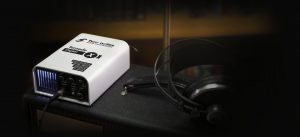
It’s also a reactive load, meaning you can run your amp with or without a speaker cabinet, splitting the signal depending on the situation. There’s a three-way toggle switch on the back that allows you to go from attenuation levels -38 dB, -20 dB, 0dB for maximum versatility of application. At max, the Torpedo Captor X allows for the same volume you’d get straight from your amplifier, while the middle setting is basically unity gain, perfect for recording directly into your DAW. The best part about all this of course, is the control this all gives you at the monitoring level.
While I definitely enjoyed the workflow versatility this allowed for, there is a special place in my heart reserved for the Torpedo Captor X’s remarkable IR capabilities, and the ease of which this allowed for simple A/B comparisons regarding different cabinets, microphones, and room combinations. This was particularly useful for massaging bass and guitar tonal mixes and making them sit at record ready results.
The Torpedo Captor X also comes complete with an app for computer, phone and/or tablet. The software is super user friendly and intuitive so I found myself using the app controls far more than the knobs on the device. In the app you can select cabinets and microphones, and then further tweak your settings with options such as EQ, stereo reverb, aural enhancer, voicing controls, a noise gate, and a really cool little feature in twin-tracking for stereo width. The reverb option is incredibly nuanced, with 13 room reverbs, all having an adjustable mix, virtual room size, reflection level of warm or bright room sounds, and tone. The ‘enhancer’ setting is also another cool feature that acts as a compressor to really beef up tones.
The Torpedo Captor X is a real Swiss army knife in this line of products. Its well-loved Two Notes IR sound, and the way this integrates with the beloved familiarity of your amp is definitely novel and clever, serving as the perfect middle ground between analogue front end and DSP simulated back end. When all is said and done, there is something about this combination of old and new that just seems to work, in an almost cyberpunk kind of way.
Check out more information at Two Notes’ website.

